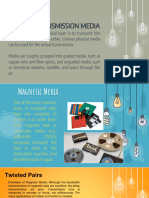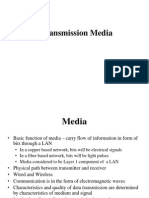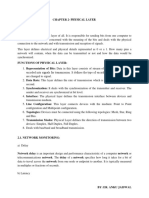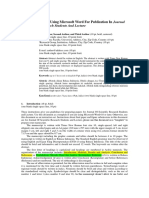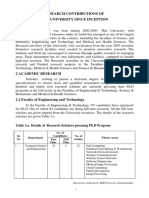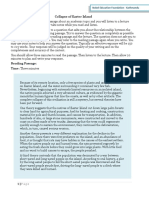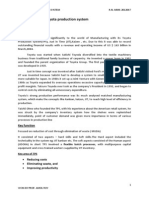0% found this document useful (0 votes)
140 views15 pagesChapter 2 - Transmission Media
This document summarizes different types of transmission media. It discusses guided media like twisted pair cables, coaxial cables, and fiber optics cables which use wires to transmit signals. It also discusses unguided media like radio and lasers which transmit through air without wires. It provides details on the characteristics of different cable types and how they are used for transmission. Fiber optics provides the highest bandwidth and is widely used for long-haul transmission while other media like twisted pair and coaxial cables are used for shorter distances depending on their bandwidth and cost.
Uploaded by
Karthik ReddyCopyright
© © All Rights Reserved
We take content rights seriously. If you suspect this is your content, claim it here.
Available Formats
Download as PDF, TXT or read online on Scribd
0% found this document useful (0 votes)
140 views15 pagesChapter 2 - Transmission Media
This document summarizes different types of transmission media. It discusses guided media like twisted pair cables, coaxial cables, and fiber optics cables which use wires to transmit signals. It also discusses unguided media like radio and lasers which transmit through air without wires. It provides details on the characteristics of different cable types and how they are used for transmission. Fiber optics provides the highest bandwidth and is widely used for long-haul transmission while other media like twisted pair and coaxial cables are used for shorter distances depending on their bandwidth and cost.
Uploaded by
Karthik ReddyCopyright
© © All Rights Reserved
We take content rights seriously. If you suspect this is your content, claim it here.
Available Formats
Download as PDF, TXT or read online on Scribd
/ 15





